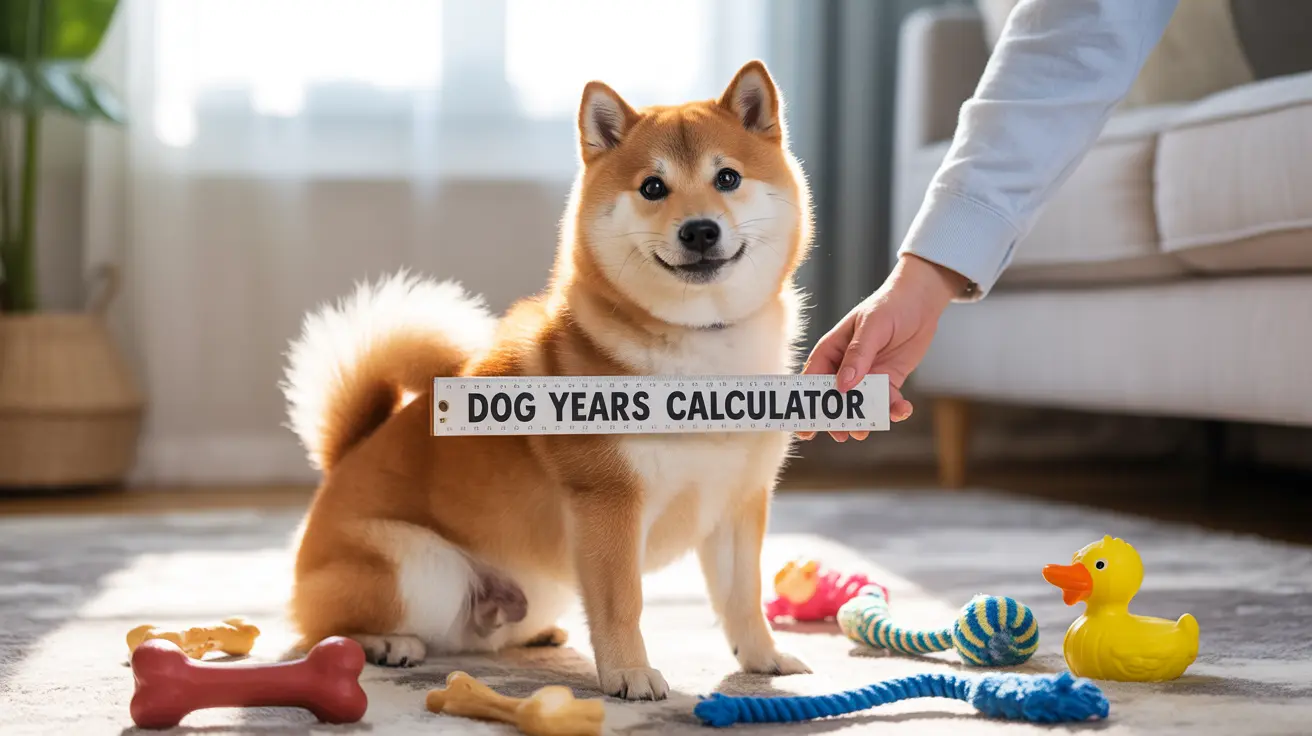For generations, pet owners have tried to understand how their dog's age translates to human years. While the traditional "multiply by seven" rule has been widely accepted, modern science reveals that calculating a dog's age is far more complex, especially when considering a 9-year-old dog.
Recent research, including groundbreaking studies from the University of California, San Diego, shows that dogs age differently throughout their lives, with the process heavily influenced by factors like breed size and genetics. Let's explore what it really means when your dog reaches nine years of age.
The Science Behind Dog Years
Modern veterinary science has debunked the simple "7-to-1" ratio for converting dog years to human years. Dogs actually age much more rapidly in their early years, with the first year of a dog's life equivalent to about 15 human years. The second year adds approximately nine more human years to their age.
By the time a dog reaches nine years old, the calculation becomes more nuanced and depends significantly on the dog's size and breed. Scientists have developed more accurate methods, including a sophisticated formula based on DNA methylation patterns: human_age = 16 × ln(dog_age) + 31.
How Size and Breed Affect Age Calculations
When determining how old nine years is in dog years, size matters significantly:
- Small breeds (under 20 pounds):
- Age more slowly after maturity
- At 9 years, equivalent to roughly 52-56 human years
- Often live longer overall
- Medium breeds (20-50 pounds):
- At 9 years, equivalent to approximately 61-65 human years
- Experience more moderate aging progression
- Large breeds (over 50 pounds):
- Age more quickly after maturity
- At 9 years, equivalent to 65-75+ human years
- Often considered senior citizens by this age
Health Considerations for 9-Year-Old Dogs
At nine years old, most dogs are entering their senior years, though the exact stage varies by breed. This age marks important changes in health care needs:
- More frequent veterinary check-ups
- Adjusted exercise routines
- Modified diet requirements
- Increased attention to dental care
- Regular monitoring for age-related conditions
Signs of Aging at Nine Years
Dogs at nine years old may begin showing various age-related changes:
- Reduced energy levels
- Graying around the muzzle
- Changes in sleep patterns
- Mild joint stiffness
- Slower recovery from exercise
- Changes in appetite or weight
Frequently Asked Questions
How old is a 9-year-old dog in human years based on modern scientific calculations?
A 9-year-old dog's age in human years varies by size: small breeds are equivalent to 52-56 years, medium breeds to 61-65 years, and large breeds to 65-75+ human years.
Why does the "one dog year equals seven human years" rule not accurately reflect a dog's aging?
Dogs age more rapidly in their early years and then slow down, making the aging process non-linear. The first year equals about 15 human years, the second adds 9 more, and subsequent years vary based on size and breed.
How does a dog's breed and size affect their age equivalent at 9 dog years?
Smaller breeds age more slowly after maturity and may be "younger" at 9 than larger breeds. Large breeds age faster after maturity and may be considered elderly by 9 years old.
What health and care changes should I expect for my dog when they reach 9 years old?
At 9, dogs need more frequent vet check-ups, adjusted exercise routines, senior-appropriate nutrition, and monitoring for age-related conditions. They may also require modifications to their environment for comfort.
How can I calculate my dog's true age in human years using the latest epigenetic or logarithmic formulas?
The most accurate modern formula is human_age = 16 × ln(dog_age) + 31, though this works best for medium-sized breeds. For more precise calculations, consult breed-specific charts or your veterinarian.
Conclusion
Understanding your 9-year-old dog's true age helps provide the best possible care during their senior years. While general guidelines are helpful, remember that each dog ages uniquely based on their size, breed, health history, and lifestyle. Regular veterinary care and attention to age-appropriate needs will help ensure your senior dog maintains the best possible quality of life.






